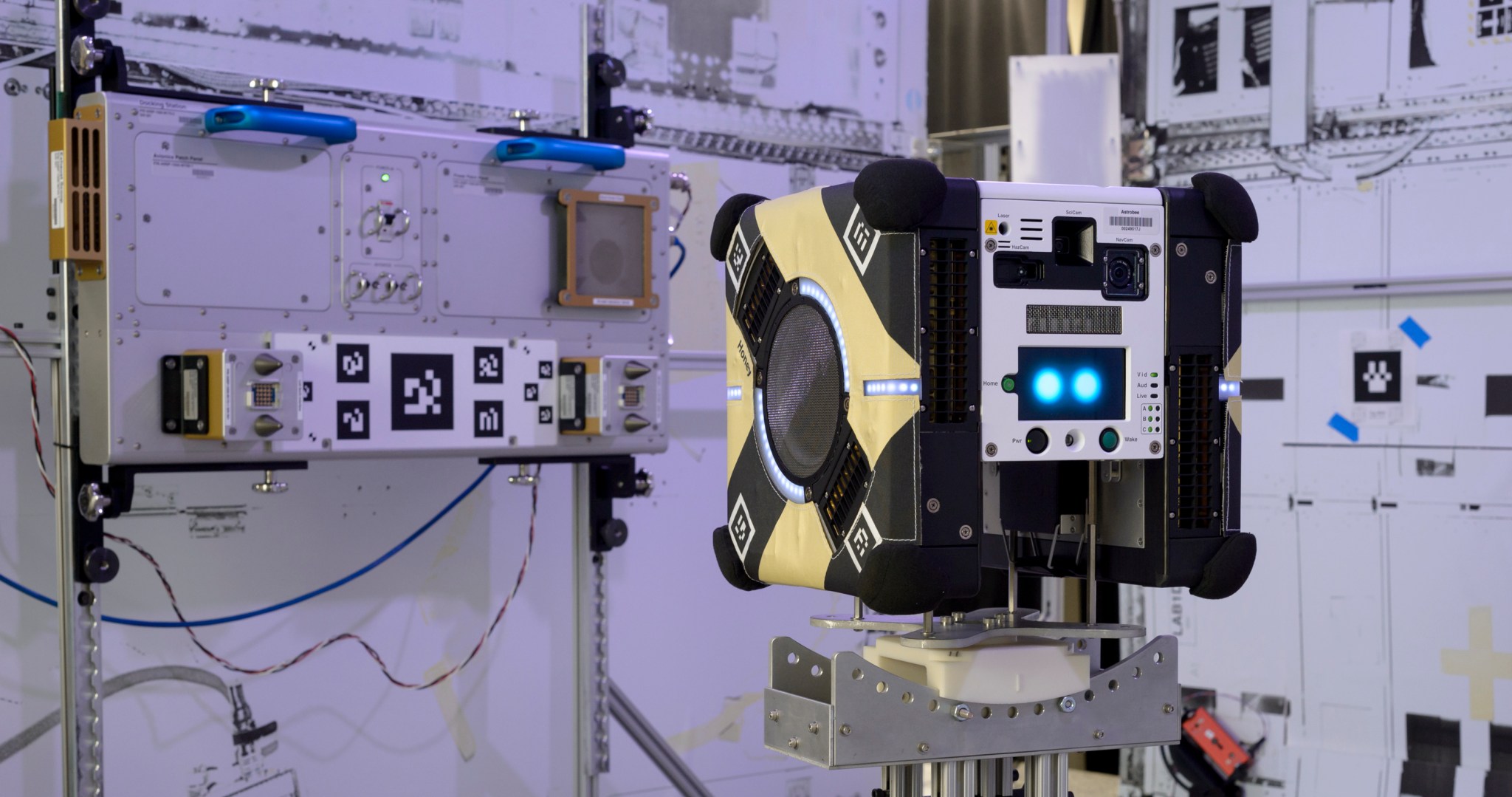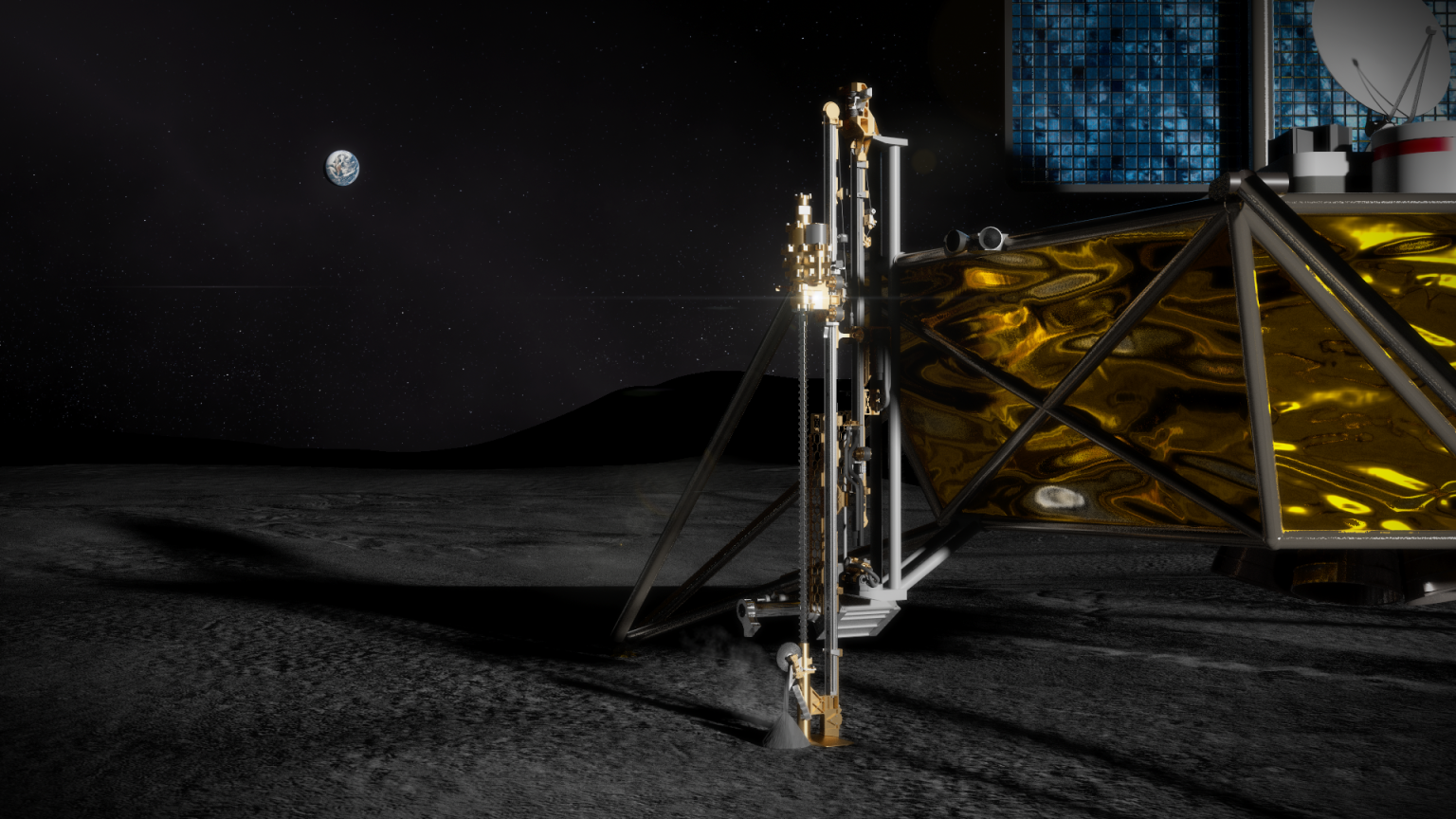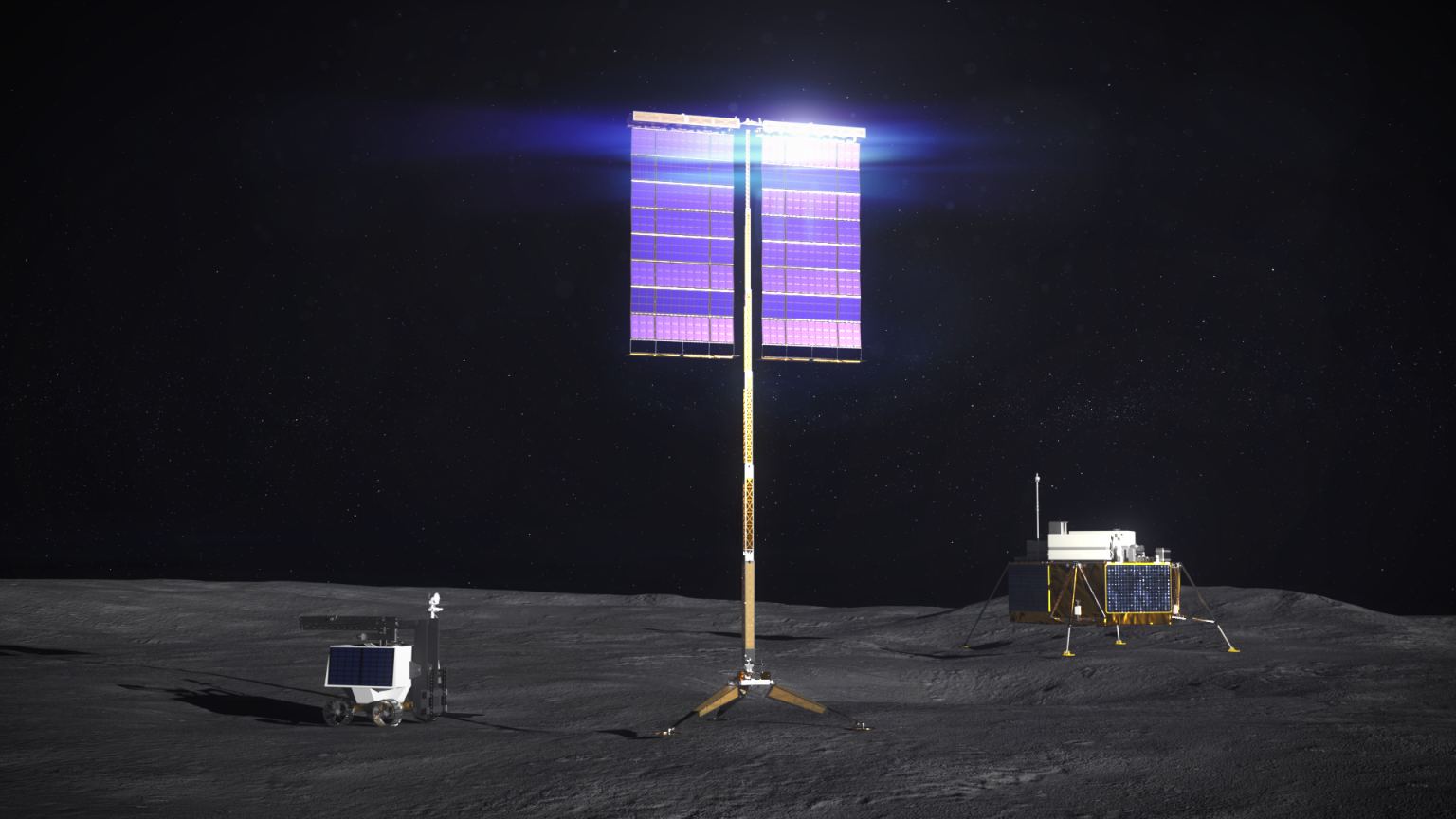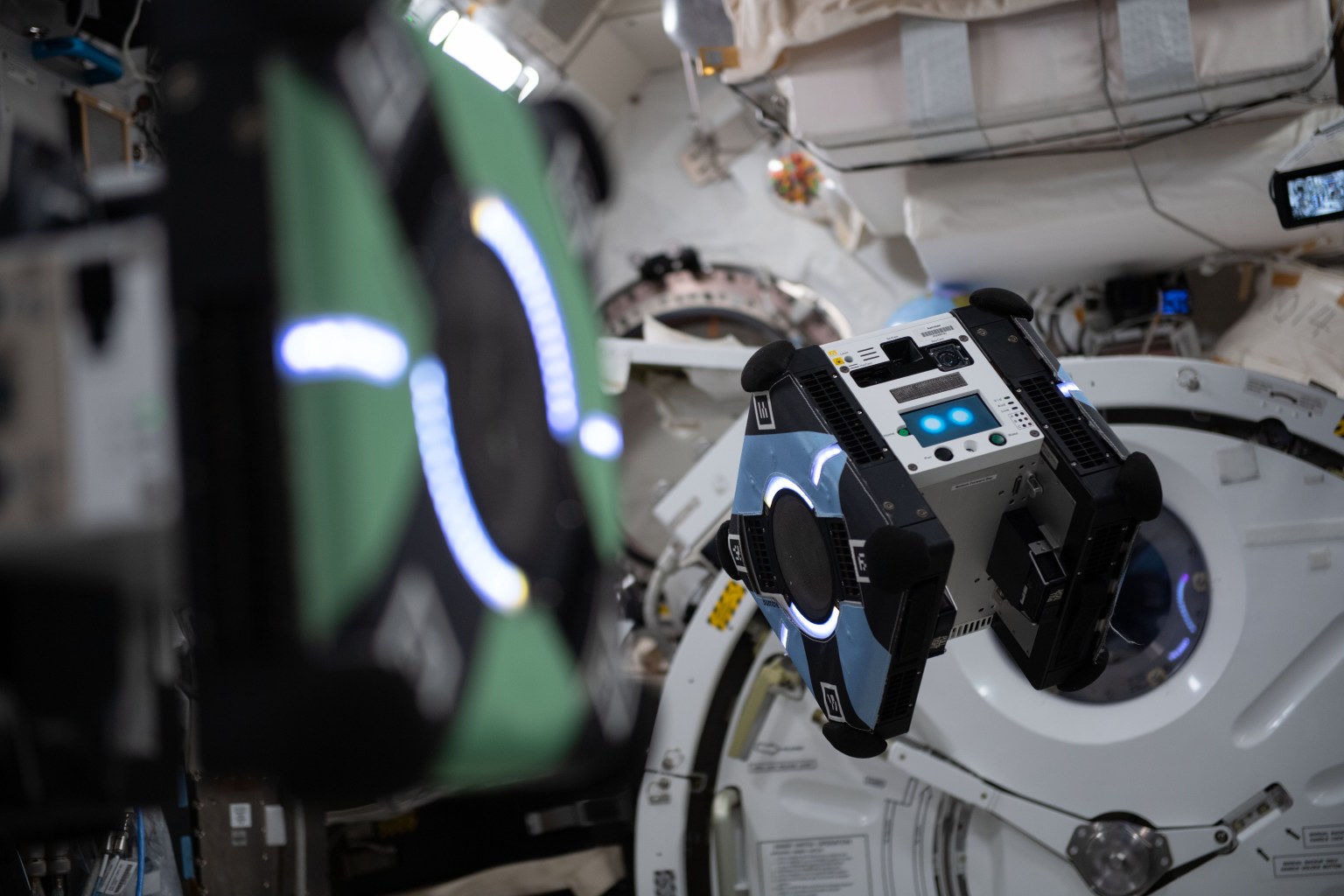The Astrobee project is developing a set of three free-flying robots that will operate inside the International Space Station (ISS) alongside astronauts.
Note: Please note that this is an “archived project” and is no longer updated. This article is meant for historical purposes only.
The Telerobotics project develops, tests and demonstrates how astronauts in space, and flight controllers on Earth, can operate robots remotely during human exploration missions.
Forging a permanent human presence in space requires a great deal of groundwork to be laid — from deeper understanding of all our future destinations and their environments to extra sets of “eyes” and “hands” that help and protect our astronauts during their journeys in space and long-term expeditions on other worlds. To that end, NASA and its partners rely on a variety of highly capable, versatile and sophisticated robots to investigate worlds beyond our own, refine tools, technologies and systems, complement the work of human astronauts — and prepare the way for crewed missions to the farthest reaches of the solar system.
The Human Exploration Telerobotics (HET) Technology Demonstration Mission is demonstrating how telerobotics — remote control of a variety of robotic arms, rovers and other devices — can take routine, highly repetitive, dangerous or long-duration tasks out of human hands, and improve and hasten human space exploration missions to new destinations.
The team, led by NASA’s Ames Research Center in Moffett Field, Calif., is testing robots remotely operated by controllers on the ground or by astronauts in space. One example is Astrobee.
The Astrobee project is developing a set of three free-flying robots that will operate inside the International Space Station (ISS) alongside astronauts. Astrobee’s primary objective is to provide a zero-g research facility for guest scientists. The Astrobees will replace the SPHERES robots that have been among the most-used facilities on the ISS since they arrived in 2006, hosting experiments on topics ranging from magnetic propulsion, to simulated satellite inspection, to studying the dynamics of tethers and fuel slosh in zero-g.
Astrobee will carry on the SPHERES tradition, while opening up new areas of research with its greatly expanded capabilities, which include improved autonomy, better support for guest science hardware add-ons, a built-in suite of cameras, and a robot arm.
RELATED LINKS
› This is Us: Terry Fong (YouTube)
› Remote Telepresence Fact Sheet (pdf)
› LUNAR Students Outfit K10 Rover
› More About Robonaut
› More About SPHERES
































